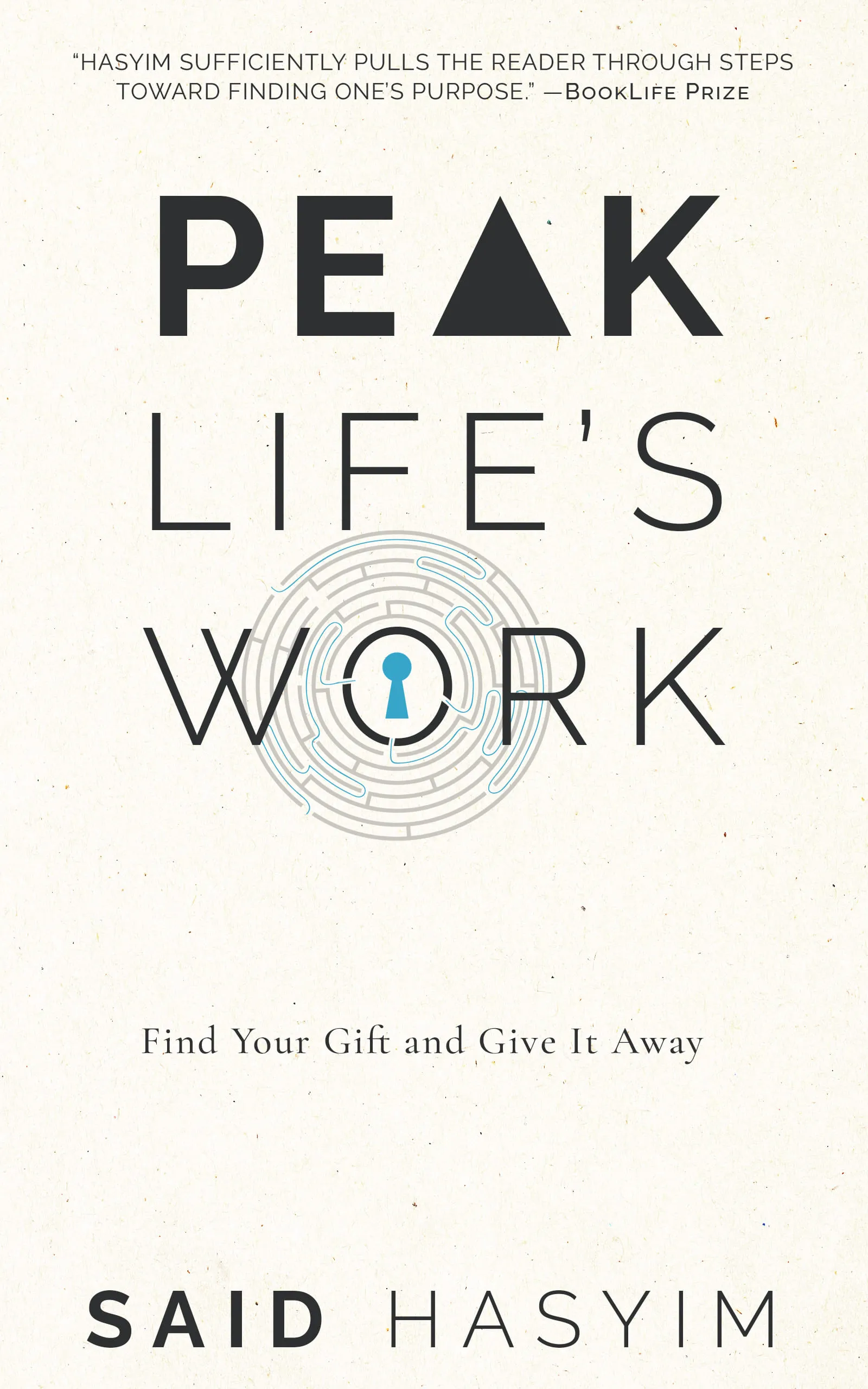The Healing Power of Giving and Generosity
In today’s fast-paced world, filled with constant challenges and stresses, the concept of giving and generosity often gets overshadowed by the pressures of daily life. However, what many may not realize is that the act of giving itself has profound healing powers—not just for the receiver, but also for the giver. In this blog post, we will explore the myriad ways in which generosity can enrich our lives, improve our mental and emotional well-being, and foster connections within our communities.
The Science of Giving
Numerous studies indicate that acts of kindness and generosity offer various psychological benefits. Research conducted in the field of positive psychology has found that those who practice giving report higher levels of happiness and life satisfaction. This phenomenon can be traced back to a concept known as the "helper’s high," which is the euphoric feeling experienced after engaging in acts of kindness. This high can lead to a surge of endorphins, the body’s natural mood elevators.
Endorphins and Related Chemicals
When we help others, our brain releases endorphins, oxytocin, and other feel-good hormones. Oxytocin, often called the "love hormone," promotes feelings of connection and trust, helping to enhance relationships and build social bonds. Furthermore, these chemical reactions can have tangible effects on physical health, including lower blood pressure and reduced stress.
The Ripple Effect of Generosity
Generosity doesn’t just affect the immediate individuals involved—it creates a ripple effect in the community. When one person acts generously, it often inspires others to do the same. This can lead to a culture of kindness and support where everyone contributes to the well-being of the community. Such environments foster collaboration, creativity, and resilience, promoting a greater sense of belonging and purpose among individuals.
The Emotional Impact of Giving
Giving can be a powerful antidote to feelings of loneliness and isolation. Many people find that when they focus on helping others, their own worries and struggles feel less burdensome. The act of giving redirects attention from personal issues to the larger needs of the community, often leading to a renewed sense of purpose.
Volunteering and Social Connections
Engaging in volunteer work is a tangible way to give back. Volunteering not only helps those in need, but it also enables volunteers to meet like-minded individuals who share similar values. These interactions can lead to friendships, support networks, and a strengthened sense of community. In times of hardship, knowing that we can rely on a community can significantly reduce feelings of stress and anxiety.
Generosity as a Self-Discovery Tool
When we give to others, we often uncover aspects of ourselves that we might not have recognized. Acts of kindness prompt self-reflection, encouraging us to consider our own values, priorities, and the impact we want to make in the world. This journey of self-discovery can lead to personal growth, increased empathy, and a deeper understanding of the interconnectedness of humanity.
Strategies for Cultivating Generosity
If you’re intrigued by the idea of harnessing the healing power of giving in your own life, here are some simple strategies to help you cultivate generosity:
1. Start Small
Begin with small acts of kindness in your daily life. Hold the door open for someone, offer a compliment, or help a neighbor with groceries. These small gestures can set the stage for more significant acts of generosity over time.
2. Engage in Community Service
Find local organizations that align with your values and volunteer your time. Whether it’s serving meals at a shelter, tutoring children, or participating in environmental conservation efforts, community service provides a direct way to impact those around you.
3. Practice Random Acts of Kindness
Challenge yourself to perform random acts of kindness throughout your week. This could include paying for someone’s coffee, leaving positive notes for strangers, or surprising friends with thoughtful gifts. These spontaneous actions can brighten someone’s day while enriching your own.
4. Share Your Skills
Consider offering your skills or expertise to those in need. This could involve mentoring a young person, teaching a workshop, or providing professional services pro bono. Sharing your knowledge empowers others and reinforces your role as a positive influence in the community.
5. Create a Giving Habit
Incorporate giving into your routine. Set a monthly goal for charitable donations or volunteer hours. Consistency in your giving efforts can deepen the impact you create and make generosity a fundamental part of your lifestyle.
Conclusion: A Journey Toward Healing
As we navigate our lives, it can be easy to become absorbed in our own challenges and forget the incredible healing power that lies within giving and generosity. When we give, we not only nourish others but also feed our own spirits, cultivate connections, and strengthen our communities.
Generosity is a two-way street: it enriches the lives of those who receive and transforms the hearts of those who give. So, let us embark on this journey of healing together, embracing the boundless benefits of giving and nurturing a life filled with kindness, compassion, and connection. After all, in a world that can often seem divided and disconnected, the power of generosity remains a unifying and transformative force.
Let the spirit of giving guide you—not just today, but every day, as you cultivate a richer, more fulfilling life through the simple act of generosity.
Start Your Transformative Journey
Peak Life's Work, a transformative book to unlocking your true potential and finding purpose. Learn science-backed strategies from top performers to enhance skills and creativity. Gain insights into success and failure while uncovering your personal talents. With practical steps for self-discovery and nurturing talent, this book equips you for a fulfilling journey toward your greatest work.
